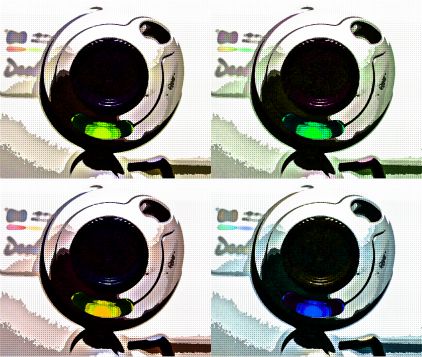Please enjoy our guide to Ethical banking below.
Image source: billboard.comRecently a new paradigm in the banking industry has emerged with greater vitality than ever before.
That paradigm is the concept of ethical banking. To many this may seem like an alien idea, especially considering that many believe that poor ethics was at least partly the cause of the last economic downturn, yet momentum for ethical banking is growing.
This three-part series explores the history of ethical banking as well as better understanding concepts behind it.
What is ethical banking
Firstly, it is important to question what an ethical bank is.
While there is no one clear definition that is understood by all, there are some commonalities that can be understood.
Such banks are thought to be more interested in how investments and loans are used than in the past, particularly with regard to the social and environmental consequences of how money is spent.
Banktivism
Ethical banks are part of a bigger trend known as Banktivism. This is focused on social and environmental accountability across all areas of the financial sector including corporate social responsibility, ethical consumerism, ethical investment and fair trade among other areas.
Overall, ethical banking falls into the category of “alternative banking”.
Banking Ethics
Many people do not know where their money ends up once it is put in the bank or is invested.
Yet that money is “out in the world doing something”. That might not be something that consumers particularly want that money to be doing. As explained by Natasja Sheriff (2014) reporting for Al Jazeera America:
“According to the bank watchdog BankTrack, the largest US banks are funding a host of controversial activities, from rain forest removal in Indonesia to speculation on global food prices and the manufacture of cluster bombs.”
While this may not surprise some, what appears to have changed is the number of people that are willing to stand up against this.
Consumers in different parts of the world have moved more towards banks that offer ethical alternatives.
Examples include Triodos, which is based in the Netherlands, and also Vancity, based in Canada. Such banks pride themselves on having ethical values on which their activities are based.
These types of organisations have helped drive ethical standards as far as lending is concerned.
The USA has unfortunately been slower to catch onto this trend, though there is some ethical banking occurring in a few organisations.
Many of the big retail banks in other countries outside of the USA have also not been quick on the uptake of ethical practices in banking in terms of where the money goes.
What has driven this change?
Banking in the Past
Well, in the past banks were seen largely as only financial institutions. For this reason, banks were focused only on financial matters, and ethics and morality were not really thought to be a consideration.
Unfortunately, this has led to some behaviour that has not been particularly ethical. Banks are naturally linked to the organisations that they lend money to, because they are in effect, supporting them to do business.
However, there has been a rise in ethical consumerism and consumers questioning where their money is going and what they are spending it on.
This has started to have an impact on the banking industry in recent years.
People have increased their awareness of the impacts that banks have through the way that they choose to lend money, and a greater number of people are less inclined to see their money go to support causes that they believe are morally wrong.
However, the fact is that all banks have the power to improve society and generate a more socially and environmentally responsible economy.
One of the problems with ethical banking might be that ethically (and legally) banks are required to generate the largest returns for their customers.
This means that selecting an ethical investment which makes less money rather than an unethical one which makes a lot more could be argued to be illegal.
Yet consumers have changed and are becoming increasingly interested in what happens with their deposits.
Customers that use banks are becoming more interested in factors other than return on investment.
It is these types of customers that have been looking to ethical banks. They do not just seek returns but also want ethical returns.
Guide to Ethical Banking – Part 2
Guide to Ethical Banking – Part 3

Paula Newton is a business writer, editor and management consultant with extensive experience writing and consulting for both start-ups and long established companies. She has ten years management and leadership experience gained at BSkyB in London and Viva Travel Guides in Quito, Ecuador, giving her a depth of insight into innovation in international business. With an MBA from the University of Hull and many years of experience running her own business consultancy, Paula’s background allows her to connect with a diverse range of clients, including cutting edge technology and web-based start-ups but also multinationals in need of assistance. Paula has played a defining role in shaping organizational strategy for a wide range of different organizations, including for-profit, NGOs and charities. Paula has also served on the Board of Directors for the South American Explorers Club in Quito, Ecuador.































